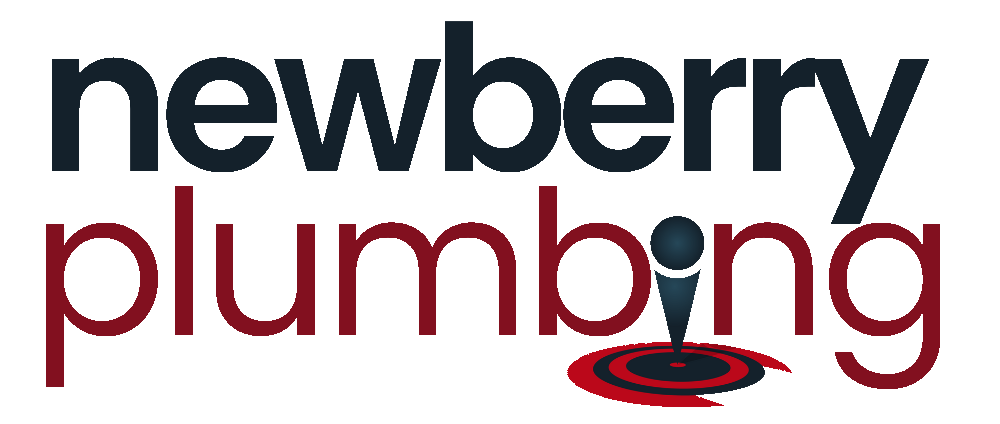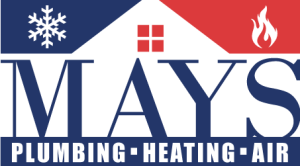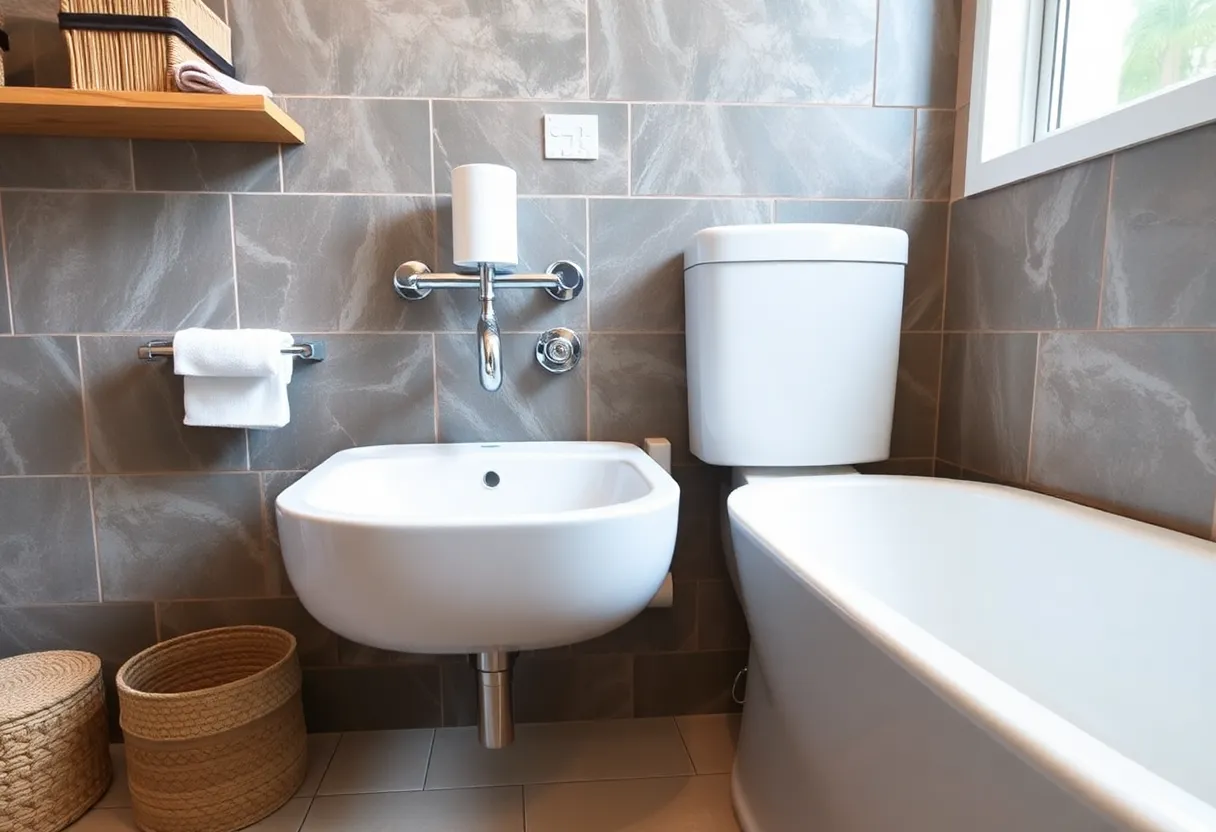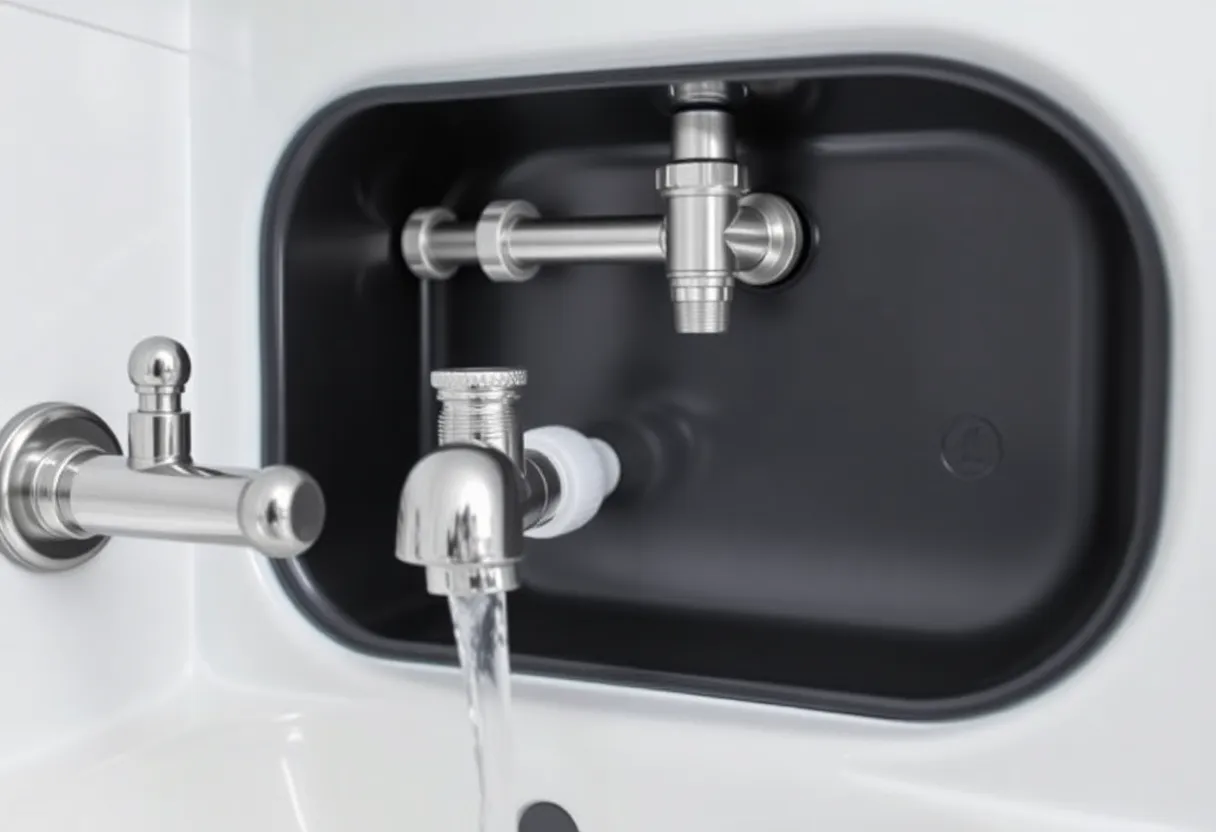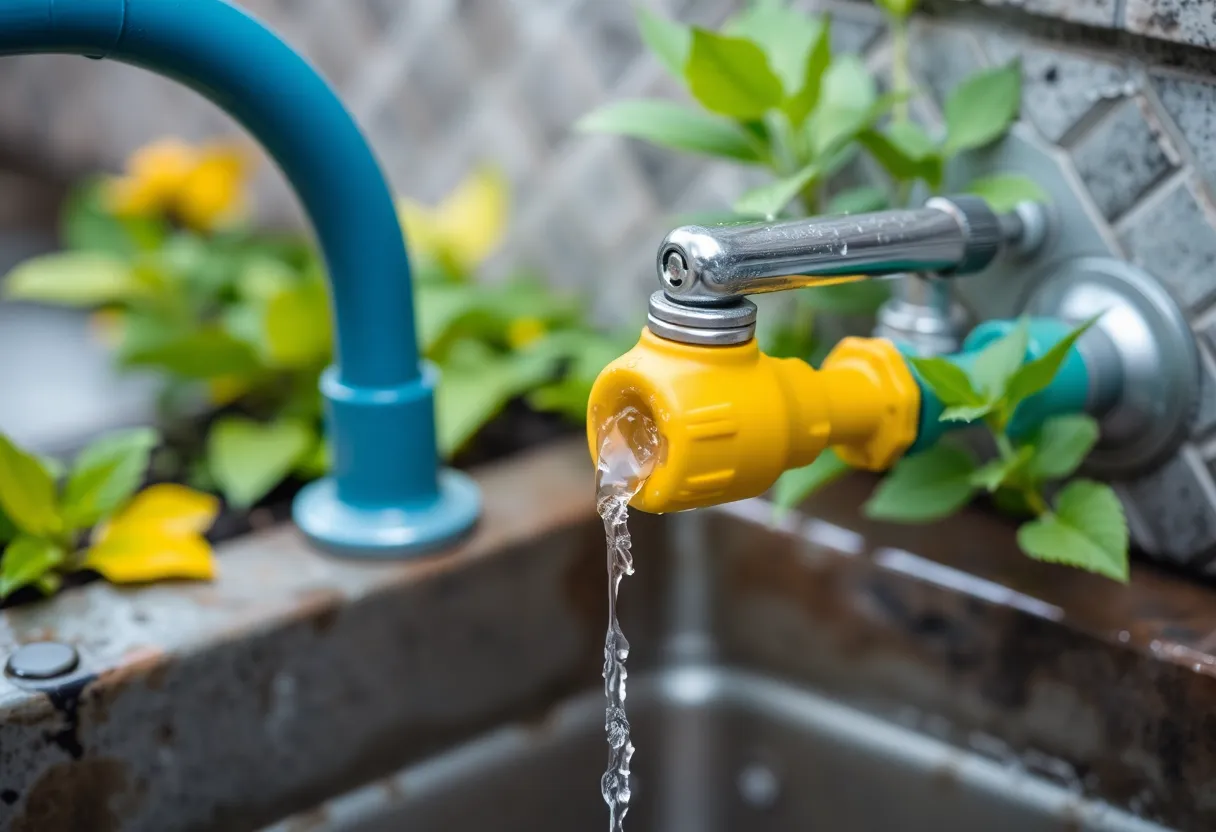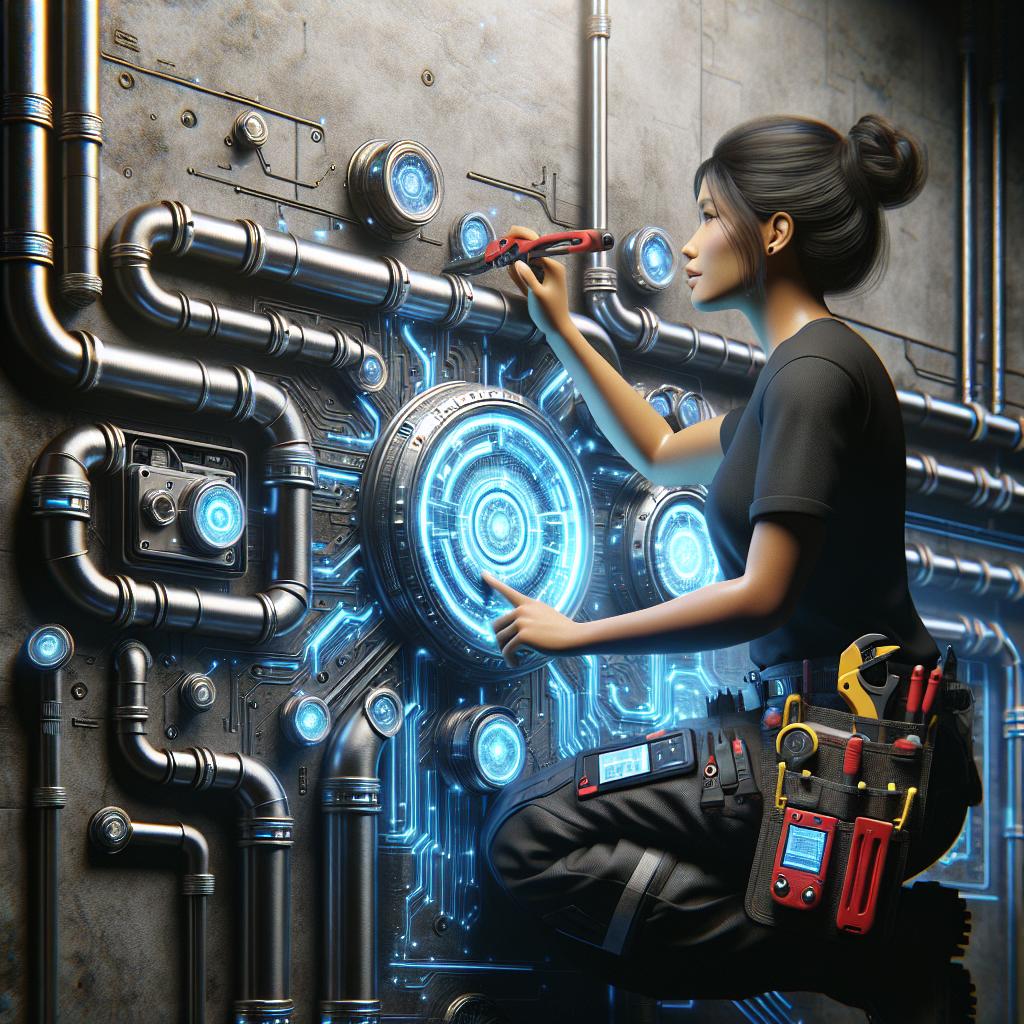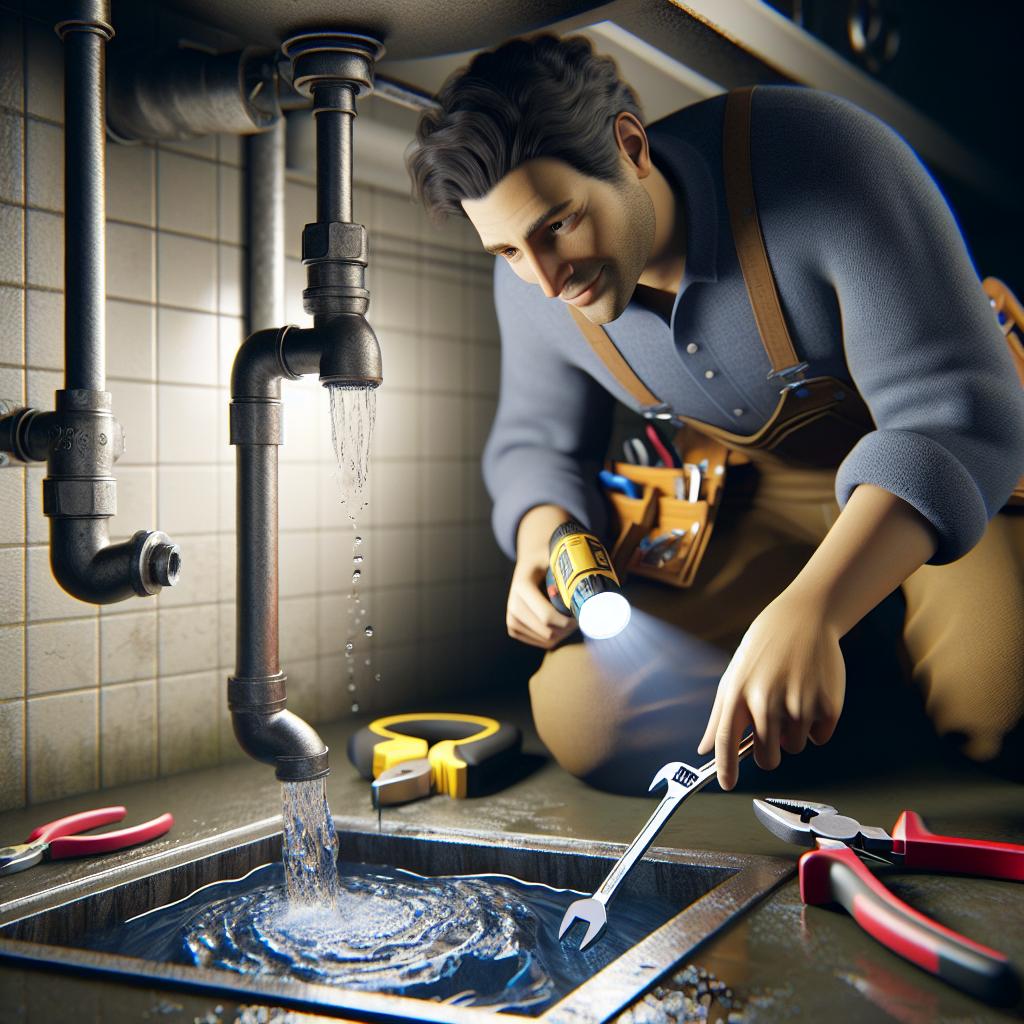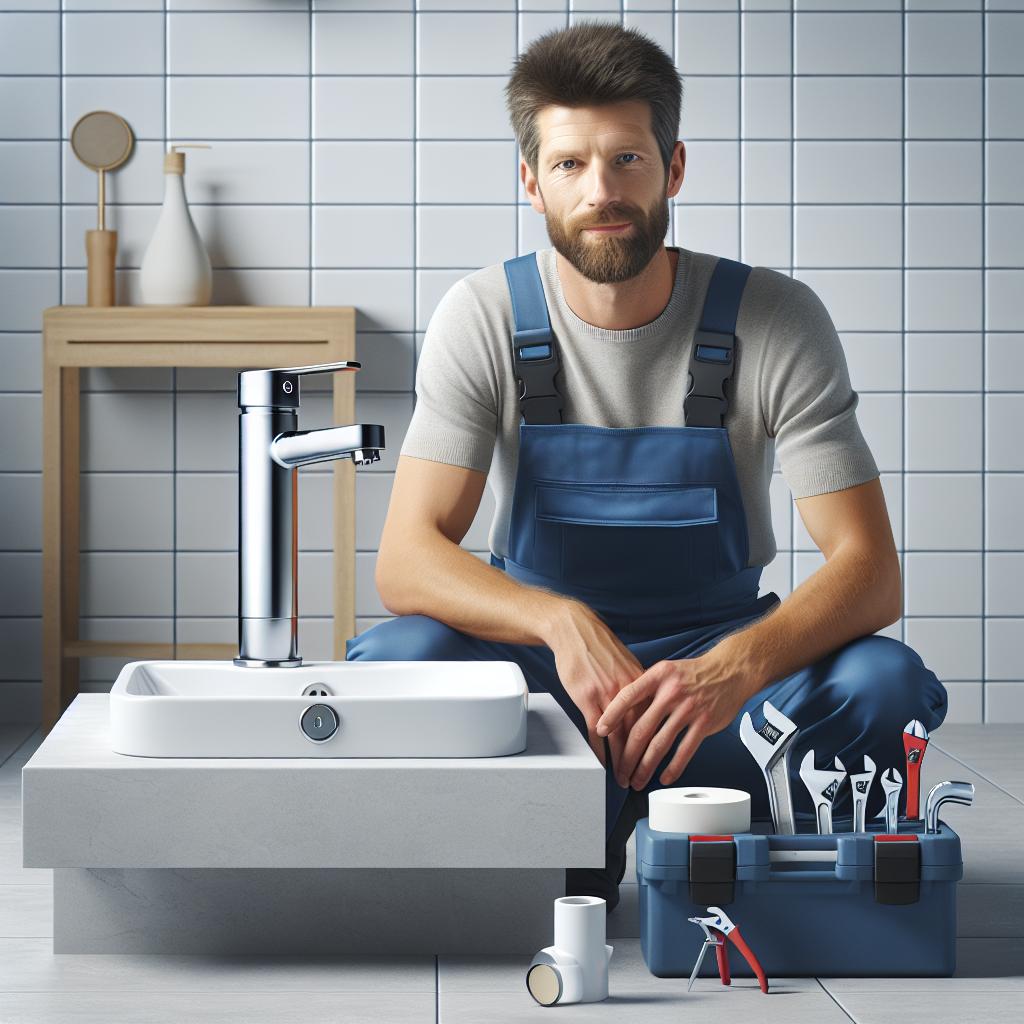The Water Wise Guide: 7 Smart Plumbing Upgrades for an Eco-Friendly Home
In a world increasingly focused on sustainability, _creating an eco-friendly home_ is a top priority for many homeowners. Water conservation plays a crucial role in this endeavor. By upgrading your plumbing system to be more efficient, you can significantly reduce your water footprint while also enjoying improved functionality and savings on utility bills. Below, we explore seven smart plumbing upgrades that can transform your home into a water-wise sanctuary.
1. Install Low-Flow Fixtures
One of the easiest and most effective upgrades you can make is to install low-flow fixtures. These products, which include faucets, showerheads, and toilets, are designed to use significantly less water than traditional options without sacrificing performance.
Low-Flow Showerheads
Low-flow showerheads can save homeowners up to 2.5 gallons of water per minute compared to standard models. Look for models that are rated at 1.8 gallons per minute or less. Not only do these products conserve water, but they can also reduce energy consumption since less hot water is needed.
Low-Flow Faucets
Similarly, low-flow faucets reduce water usage by limiting flow rates to 1.5 gallons per minute, helping to save water in kitchens and bathrooms. With modern designs, you don’t have to sacrifice style for sustainability.
High-Efficiency Toilets
High-efficiency toilets (HETs) use 1.28 gallons per flush or less, compared to the standard 1.6 gallons. _By upgrading to a HET_, you can save a considerable amount of water over time, especially in households with multiple family members.
2. Consider Greywater Systems
Greywater systems collect water from sinks, showers, and laundry, treating it for reuse in irrigation and toilet flushing. This innovative approach can significantly minimize the clean water needed for everyday tasks. Though the installation may require an upfront investment, the long-term savings and environmental benefits make it worthwhile.
Different Types of Greywater Systems
There are two main types of greywater systems:
- Simple systems that divert greywater directly to gardens or outdoor areas without filtration.
- Advanced systems that treat the greywater to make it cleaner and more suitable for indoor reuse.
Always ensure you check local regulations regarding greywater usage, as this can vary significantly from one location to another.
3. Upgrade to Smart Irrigation Systems
If you have a garden or a lawn, upgrading to a smart irrigation system can dramatically increase your water efficiency. These systems often utilize weather data to water your plants only when necessary.
Features of Smart Irrigation Systems
Most smart irrigation systems come equipped with:
- _Soil moisture sensors_ to determine when your garden actually needs water.
- Weather forecasts to adjust watering schedules based on rainfall predictions.
- Zone control to target specific areas of your garden for more precise watering.
4. Implement Water-Saving Appliances
Modern appliances can be a significant source of water waste. By investing in water-saving appliances, homeowners can make a substantial impact on their water consumption.
High-Efficiency Washing Machines
High-efficiency washing machines use approximately 40% less water than traditional models, while also being more effective at cleaning. Choose models certified by ENERGY STAR® for the best performance and water savings.
Water-Saving Dishwashers
Water-saving dishwashers are another essential upgrade. These appliances use less than four gallons of water to complete a full load, significantly reducing water usage compared to hand washing.
5. Fix Leaks Promptly
Leaky pipes and fixtures can waste a staggering amount of water. A slow drip from a leaky faucet can waste over 3,000 gallons a year! Addressing leaks promptly is a crucial part of maintaining an eco-friendly home.
DIY Leak Detection
Homeowners can easily check for leaks by:
- _Inspecting faucet aerators_ and showerheads for mineral buildup.
- Watching for signs of dampness or mold around fixtures and pipes.
- Using your water meter to detect fluctuations over time.
If a leak is detected, consider contacting a plumbing professional to assess and repair the problem efficiently.
6. Insulate Your Hot Water Pipes
Insulating your hot water pipes not only increases energy efficiency but also reduces the time it takes for hot water to reach your fixtures. This means that less water will go to waste while waiting for the water to heat up.
Benefits of Insulating Hot Water Pipes
Some key benefits include:
- _Reduced energy costs_ as the water retains heat better.
- Minimized water waste due to quicker access to hot water.
- Improved comfort by reducing fluctuation in water temperature.
7. Use Rainwater Harvesting Systems
Rainwater harvesting systems capture rainwater for irrigation and other non-potable uses. By utilizing this natural resource, you can drastically cut down on your use of municipal water.
Components of a Rainwater Harvesting System
A typical rainwater harvesting system will include:
- A _collection surface_ like your roof to gather rainwater.
- Gutters and downspouts to channel the water to storage tanks.
- _Filtration systems_ to ensure that the collected water is clean enough for its intended use.
Before installing a rainwater harvesting system, it’s essential to check local regulations, as there may be restrictions on water collection and usage.
Conclusion
By implementing these seven smart plumbing upgrades, you can make substantial strides in water conservation while simultaneously enhancing the overall efficiency and functionality of your home. Whether you’re starting small with low-flow fixtures or diving into the more comprehensive options like greywater recycling and rainwater harvesting, each step contributes to a more sustainable lifestyle.
Embracing eco-friendly practices doesn’t just have a positive impact on the environment; it can also lead to significant savings over time. Investing in water-wise solutions today paves the way for a healthier planet tomorrow. _Make your home a showpiece of sustainability and inspire others to follow suit!_
